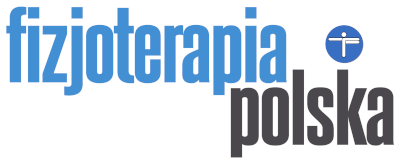Alicja Rutkiewicz
A. Rutkiewicz – Physical therapy in diseases of old age – from the perspective of holistic geriatric assessment of therapy. Fizjoterapia Polska 2020; 20(2); 148-154
Abstract
Elderly people constitute the largest group of beneficiaries of physical therapy. It results from the higher incidence of chronic diseases in this age group, as well as the decline in functional performance, and thus increasing dependence on other people. Therefore, geriatric rehabilitation to a large extent bears the hallmarks of disability prevention. The problem of an elderly patient is usually very complex. This results from multiple morbidity, lower rehabilitation potential, lack of motivation, social and financial problems, etc. As a result, in the case of an elderly person, recovery of fitness similar to levels observed before illness is often not possible. Great emphasis in the management of an elderly patient should be placed on the prevention of hypokinesia and its effects. Due to the consequences of immobilization, patients should avoid staying in bed, and if this is not possible, try to reduce this time, quickly mobilize and verticalize themselves. The effects of immobilization may in many cases be more serious than the underlying disease. The purpose of this article is therefore to show the point of view of physical therapy in geriatrics.
Key words:
physical therapy, geriatrics, geriatric physical therapy, comprehensive geriatric assessment, aging

